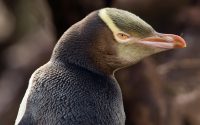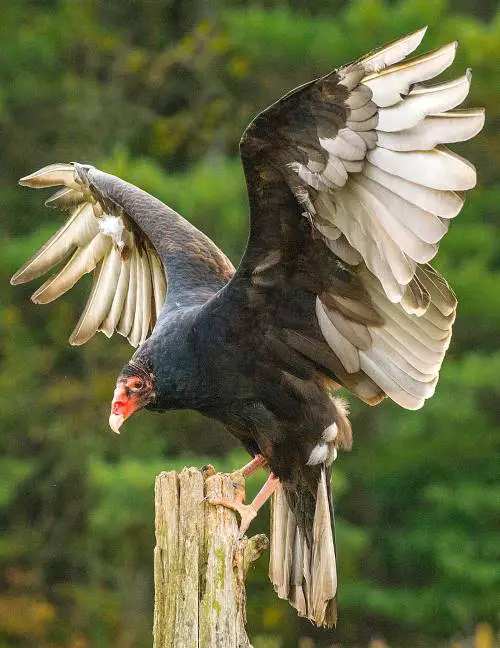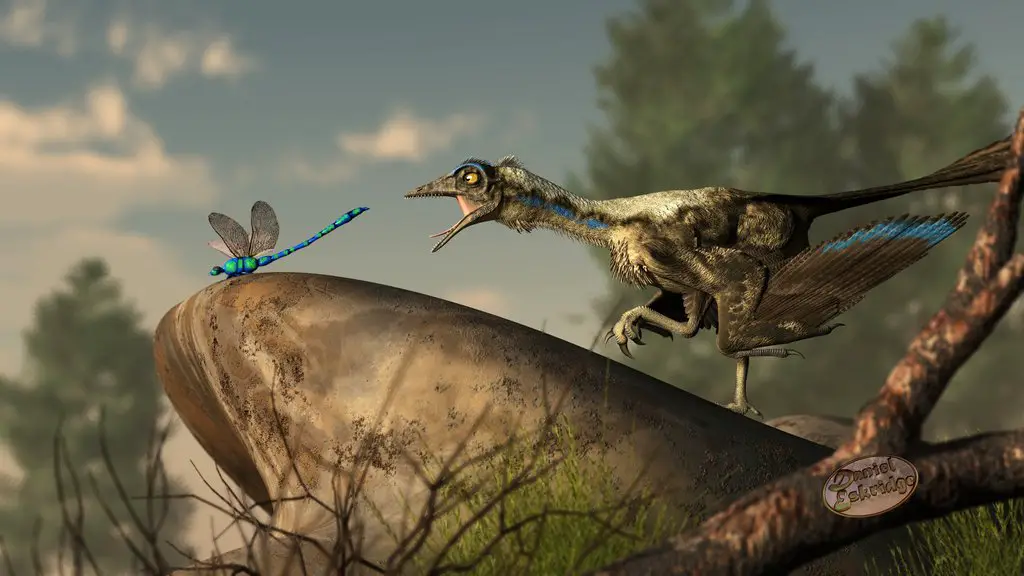We have gathered some of the most amazing yellow eyed penguin facts for kids. The yellow–eyed penguin (Megadyptes antipodes) is a subspecies that breeds in the waters of New Zealand. It is also called hoiho. Yellow-eyed penguins have a piscivorous diet which means that most of their diet consists of fish.
Yellow Eyed Penguin Facts
Size and Weight: They stand 62–79 cm tall and weigh as much as 12 – 18 pounds which makes them the fourth largest penguin in the world.
Description: Unlike other penguins, yellow-eyed penguins have pale yellow head. Their chin appears brownish. Males are not only bigger than females they have longer lifespans too.
Distribution: Yellow-eyed penguins are found in the Stewart Islands, Campbell Islands, Auckland Islands, Otago Peninsula. Some of them migrate to Chatham Islands, Snares Islands, and Bay of Plenty.
Habitat: The yellow-eyed pe nguin makes habitat in coastal forests, gullies, shore, flex, exposed cliffs, slopes, and scrub.
nguin makes habitat in coastal forests, gullies, shore, flex, exposed cliffs, slopes, and scrub.
Diet: Yellow-eyed penguins feed on red cod, blue cod, blueback sprat, ahuru, cephalopods, silversides, demersal species, jellyfish, and arrow squid. They share their diet with Adelie penguins, Magellanic penguins, and little blue penguins.
They will nest in large colonies. Each group consists of 4 – 6 individuals.
Yellow-eyed penguins are relatively deep divers for they can dive 131 – 394 feet deep into the water to find small fish. They also travel 2 – 24 kilometers offshore.
The female lays 2 eggs in August and September. Both parents incubate the eggs for as long as 39 – 51 days.
Predators: Predators of yellow-eyed penguins include stoats, feral cats, ferrets, and possibly dogs. The introduction of these species has caused significant decline in the yellow-eyed penguin’s population.
Yellow-eyed penguins have lost 75% of their original population size. The current population is estimated at 1,700 only. They are highly endangered birds.





